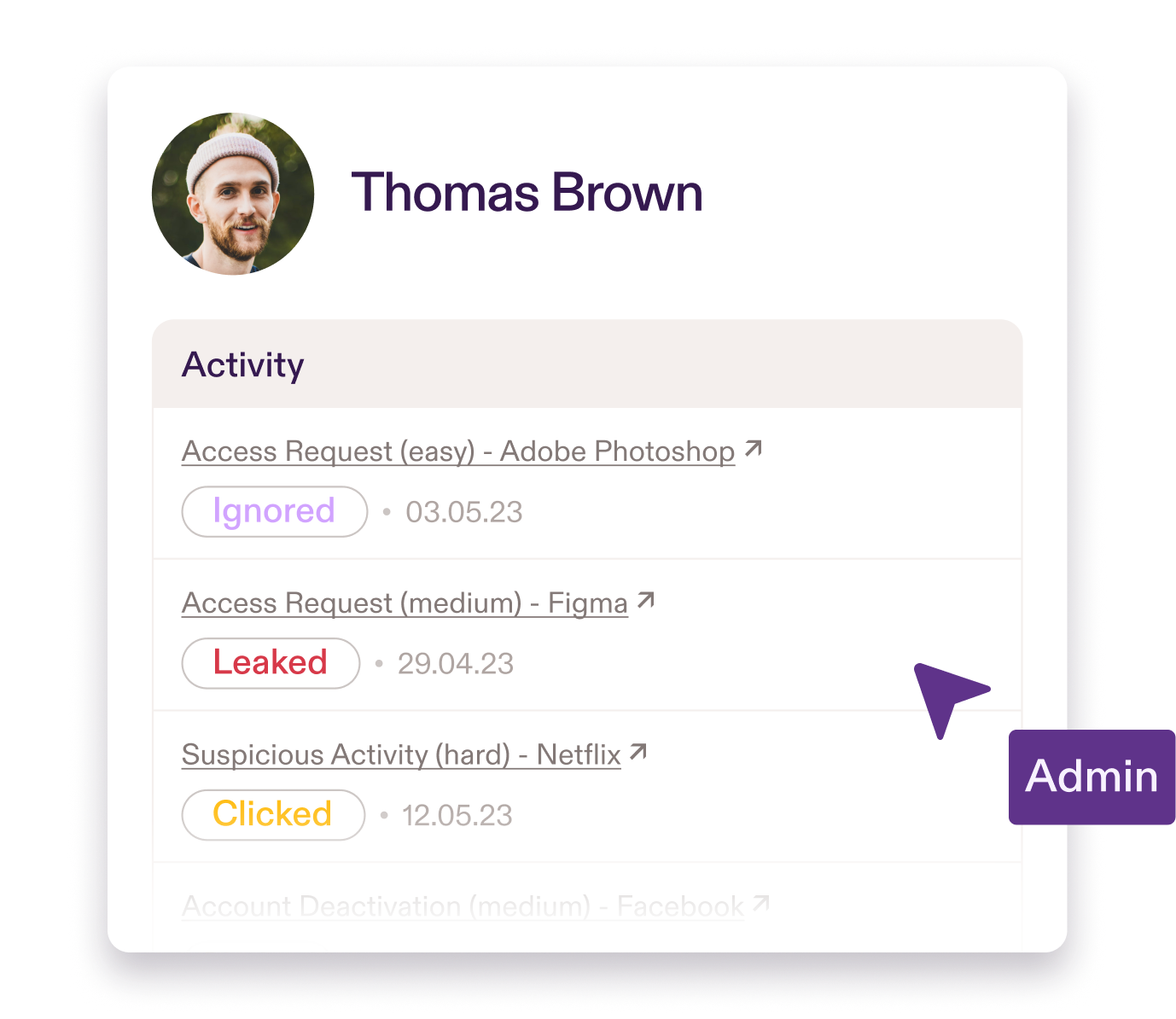In an increasingly interconnected world, where digital technologies permeate every aspect of our lives, the need for robust cybersecurity measures has become more critical than ever.
The original NIS Directive, introduced in 2016, aimed to establish a high common level of security in networks and information systems across the EU. However, since its launch, it has faced some criticism. People argued that it was incomplete, lacking specifics, and ultimately ineffective. To address these concerns and promote better cooperation between member states, the adoption of NIS version 2, an EU-wide directive on cybersecurity, was decided on November 28, 2022. NIS 2 is set to take effect in 2024, following its implementation into national law.
Now, what does all of this mean for security awareness and training? Let's break it down together.
Understanding NIS 2
NIS2, short for the Network and Information Systems Directive 2, is an updated version of the original NIS Directive. The new legislation aims to enhance the cybersecurity posture of EU member states and foster a safer digital environment for businesses and individuals alike.
NIS2 takes a comprehensive approach to address the security of data storage, transmission, and the maintenance of public services. It recognizes the importance of preparedness for natural hazards, technical failures, human errors, and cybercrime. It also places a strong emphasis on supply chain security, meaning more companies, authorities, and organizations will have greater responsibilities and obligations. Additionally, to ensure compliance, regulators now have increased powers to issue warnings and impose sanctions for any security breaches that may occur.
Key Features and Objectives
Expanded Scope: While the original NIS Directive covered sectors such as energy, transport, finance, healthcare, and others, NIS2 broadens its reach to include additional sectors like public electronic communications networks or services, sewerage and waste management, space activities, manufacturing industry, post service, and food. Indirectly affected entities within critical supply chains will also face increased responsibilities.
Furthermore, NIS2 extends its coverage to non-EU activities that provide services to EU countries.
Incident Reporting Requirements: The new version has made it mandatory for digital service providers and critical infrastructure operators to report any significant cybersecurity incidents promptly. They've set up a unified incident reporting mechanism that ensures quick communication with the relevant national authority. This way, they can respond swiftly and take effective mitigation measures.
Security Measures and Risk Management: NIS2 emphasizes the implementation of appropriate security measures and risk management practices tailored to the specific threats faced by each organization. It encourages the adoption of state-of-the-art cybersecurity technologies and best practices.
Cooperation and Information Sharing: The directive promotes collaboration and information sharing among EU member states, fostering a proactive and collective approach to cybersecurity. This enables the identification of emerging threats and the development of coordinated responses.
Cybersecurity Awareness Training
The updated NIS Directive brings attention to an important aspect: the need for management bodies to be more aware of security matters. It emphasizes the importance of providing regular training to members of the management body. The goal is to empower them with the knowledge and skills to comprehend cybersecurity risks, management practices, and how they affect the organization's operations. As stated in Article 20, Member States are responsible for ensuring that members of the management bodies of essential and important entities undergo training and encouraging similar training for employees.
But it doesn't stop there. The Directive emphasizes the importance of measurability. It requires businesses to have clear policies that demonstrate a genuine prioritization of cybersecurity through training programs and initiatives to raise awareness among all employees. It goes beyond technical measures and encourages a proactive and educational approach to cybersecurity.
In simpler terms, the updated NIS Directive wants management bodies to be more informed about security. They need to understand the risks and how to manage them effectively. It's not just about technology; it's about making sure everyone in the organization is aware of cybersecurity and takes it seriously. The Directive emphasizes the need for concrete actions and measurable efforts to prioritize cybersecurity, including training programs and awareness campaigns for all employees.
Building a Safer Digital Ecosystem
The introduction of NIS2 marks a significant milestone in the ongoing battle against cyber threats in Europe. At Pistachio, we fully support the EU's efforts to strengthen cybersecurity. As we rely more and more on secure architectures, the switch to NIS2 might bring some challenges in terms of time and resources, and Pistachio understands the significance of this change. That's why we've developed a solution that simplifies the process for organizations.
We provide a fully automated platform that helps businesses meet the training requirements outlined in the NIS2 Directive. With Pistachio Cybersecurity Training, you gain access to relevant and up-to-date cybersecurity content, attack simulations, and tailored training to your team’s needs.
Pistachio goes beyond providing a solution. Our goal is to empower individuals and organizations to embrace cybersecurity as a collective responsibility, fostering a safer digital ecosystem for all.
By promoting awareness, education, and proactive measures, we aim to create a digital world where security is not just an afterthought, but an inherent part of our daily lives.

